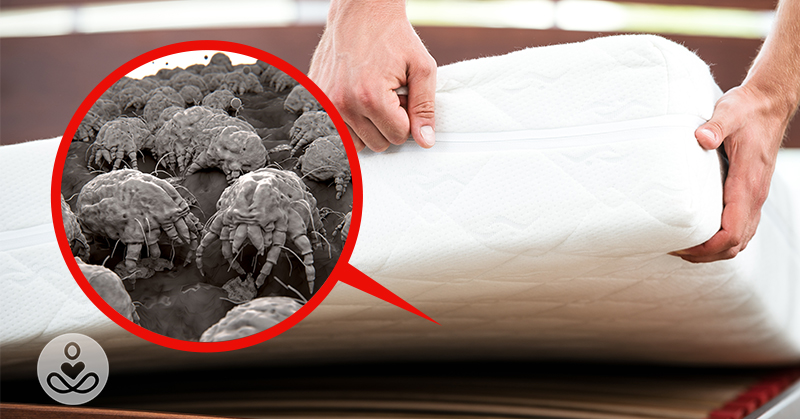Finding a mattress that supports your spine is only the beginning. Even the most supportive and comfortable mattresses can pose a different set of risks to your health in the form of allergens and even toxins. Mold, bacteria, dust mites, and pesticides lurk in most people’s beds. Here’s how to choose the best new mattress and keep your existing bed healthy throughout its entire lifespan.
The Healthiest Option – Floor Beds

If you want to have the undisputed healthiest mattress on the planet, save some money, and space in your room, consider getting a “floor bed.”
Read More: Why You Need to Pour Baking Soda On Your Mattress Once Every Month
Floor Beds
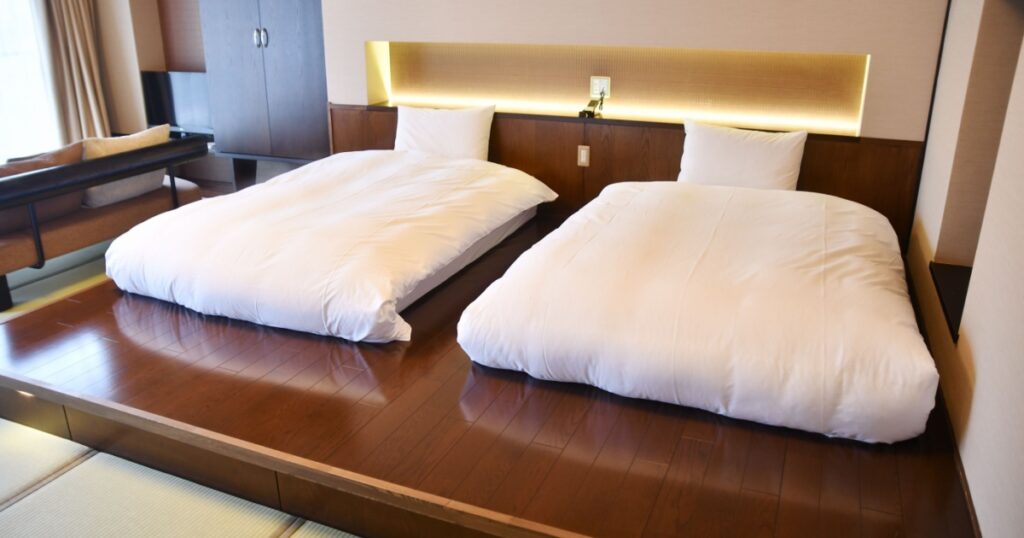
There are a variety of floor beds you can choose from, depending on the comfort level you need. Even a couple of layers of comforters on the ground could be good for your back (but not if you usually sleep on your side) and for reducing your chemical exposure. Taking tips from traditional “floor beds” can help you choose what works for you.
The Japanese Futon
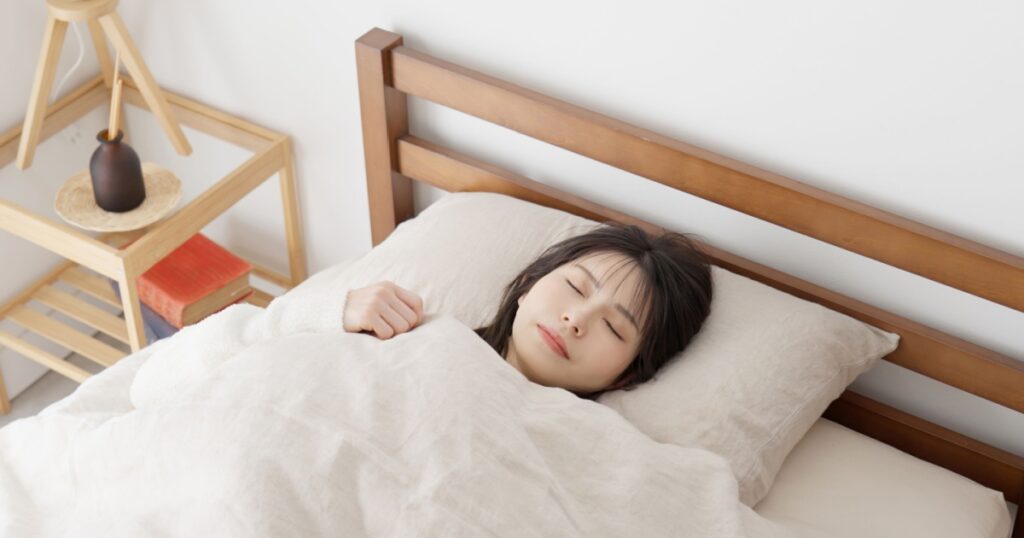
Traditional Japanese beds are very simple to keep clean, can help your back, and fold away easily. You could even go for a more Western-style futon, lifting the mattress off the ground on slates. Traditional Korean mattresses are placed on the floor, but Korean homes also typically have heated floors. If your home doesn’t have heated floors, but you like the yo (traditional Korean bedding style), you can get a heated stone bed to place your mattress on. This is very luxurious and very good for you. The stone is also easier to clean than a normal spring mattress. [2]
A mattress on the floor can be cheaper, will definitely be easier to deal with when it is time to move, and most importantly, is easy to clean and keep clean. Skin cells can be beaten out of a futon mattress, and when paired with natural, organic fabrics, you can keep away from chemicals while helping your body. [2]
How to Clean a Mattress
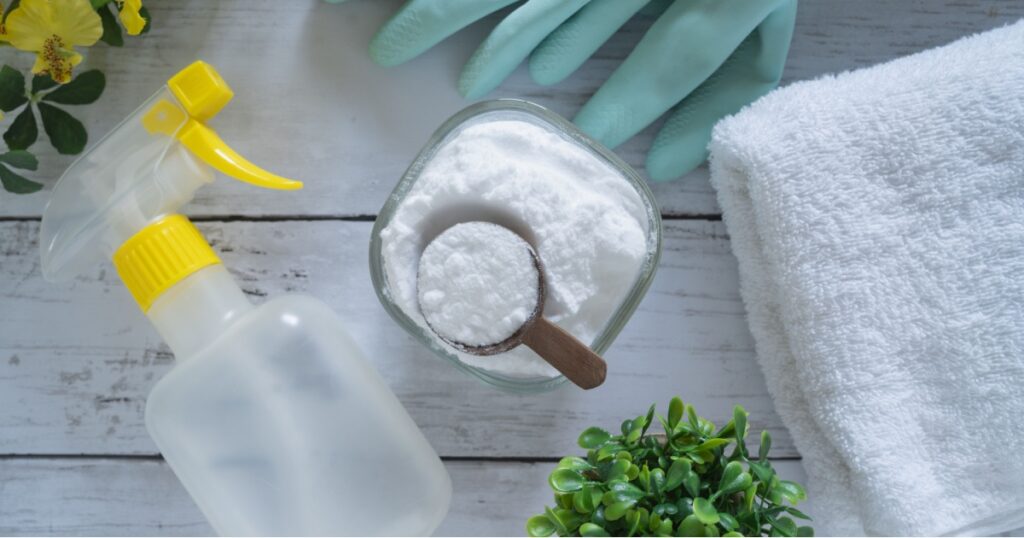
If you’re stuck with your current mattress, you can steam clean it, but the introduction of water to the porous materials most mattresses are made of can promote mold growth. Try adding some baking soda OR vinegar to your steam cleaner water to prevent mold growth. Smaller pillows and poufs can be thrown in the washer and dryer.
Read More: New Giant Mattress Is 12 Feet Across, Perfect for All the Pets
Cover Anything That Can’t Go In The Washing Machine
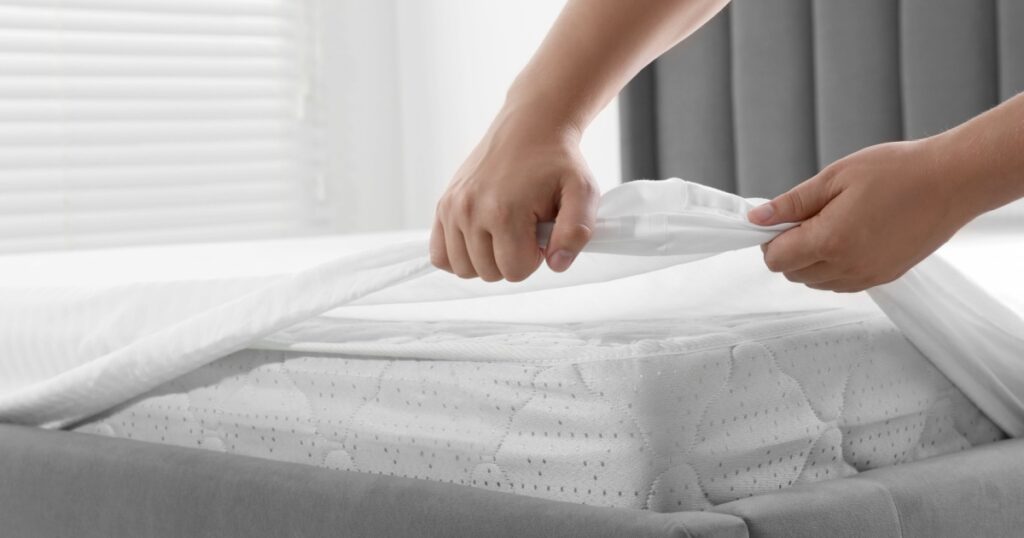
If you are in love with your bed, you don’t have to toss it to get rid of the dust mites. You can use a mattress cover to limit the amount of dust and skin that gets into your mattress. You can also try to steam clean your mattress, although the introduction of water to your mattress might help mold grow. A mattress cover made of high thread-count cotton is easy to wash and is easy on your skin. [3]
It’s important that any porous surfaces that can’t be easily chucked into a washing machine on a regular basis are covered with something that can. If you’ve ever spilled coffee on a car seat, you know how hard it is to remove the smell and stain. It’s the same principle for your mattress and pillows (except you’re putting your face and body on your bed for longer periods of time). Of course, the most important thing you can do to get rid of mites and skin cells is to wash your sheets.
Washing your sheets every week can prevent the accumulation of bacteria from sweat and skin breeding between the sheets. You can save your pillow, mattress pad, and comforter for a major cleaning twice a year.
Buying New Sheets
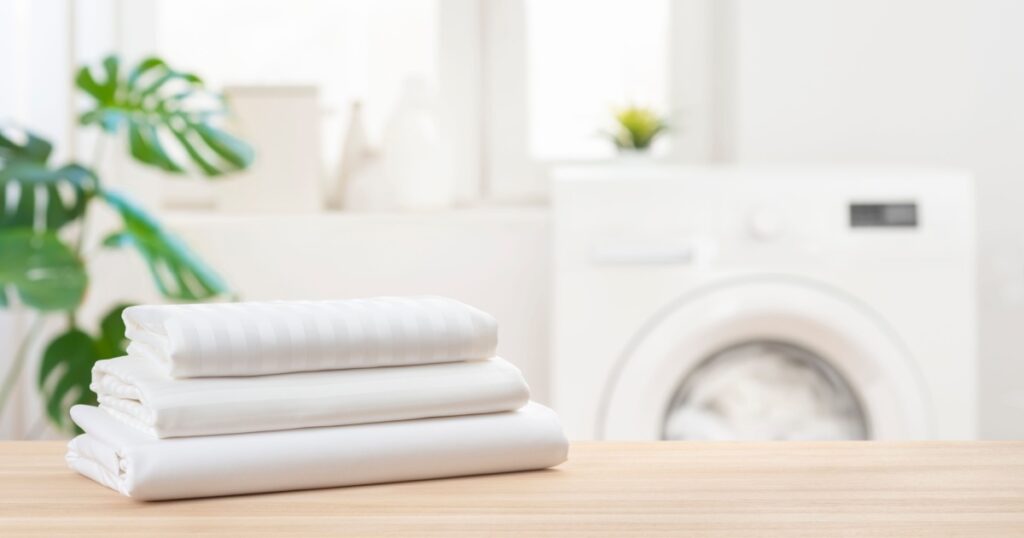
You should also be washing your new sheets a couple of times before you put them on your bed (or buy chemical-free fabrics). Pesticides from the production of cotton, dyes, and printing inks in the production of the fabrics can all cause havoc on your skin. [4]
Cotton is breathable and not made from petroleum, but can be full of pesticides. Anything that says antimicrobial, anti-wrinkle, or anti-stain is usually treated with more chemicals on top of the pesticides and dyes that can wreck your health. [4]
Go for organic, natural fibers, like linen, cotton, or even wool for the most breathable, healthy sheets. These fabrics aren’t costly or hard to find either. Walmart is the world’s largest purchaser of organic cotton. You can find chemical-free sheets everywhere! Just pay attention to the label. [4]
Read More: This is what sleeping on the left side does for our brain, stomach & glymphatic health
Sources
- Landsbaum, C. (2015, November 24). Your Bed Has Its Own Ecosystem—Sweet Dreams! Retrieved from https://www.slate.com/blogs/the_drift/2015/11/24/mattresses_dust_mites_and_skin_cells_how_gross_does_your_mattress_get_over.html
- Hones, J. N. (2010, August 17). The Pros and Cons of the Japanese Futon. Retrieved from https://asianlifestyledesign.com/2010/08/the-pros-and-cons-of-the-japanese-futon/
- Wong, D. (2015, May 19). Buying Guide: Finding The Best Mattress Pad For Your Bedroom (PHOTOS). Retrieved from https://www.huffingtonpost.com/2015/05/19/buying-guide-mattress-pad_n_1494300.html
- Greer, B. (2013, July 01). The Truth About the Clothes We Wear: How Fashion Impacts Health and the Environment. Retrieved from https://www.huffingtonpost.com/beth-greer/fashion-environment_b_3527049.html
